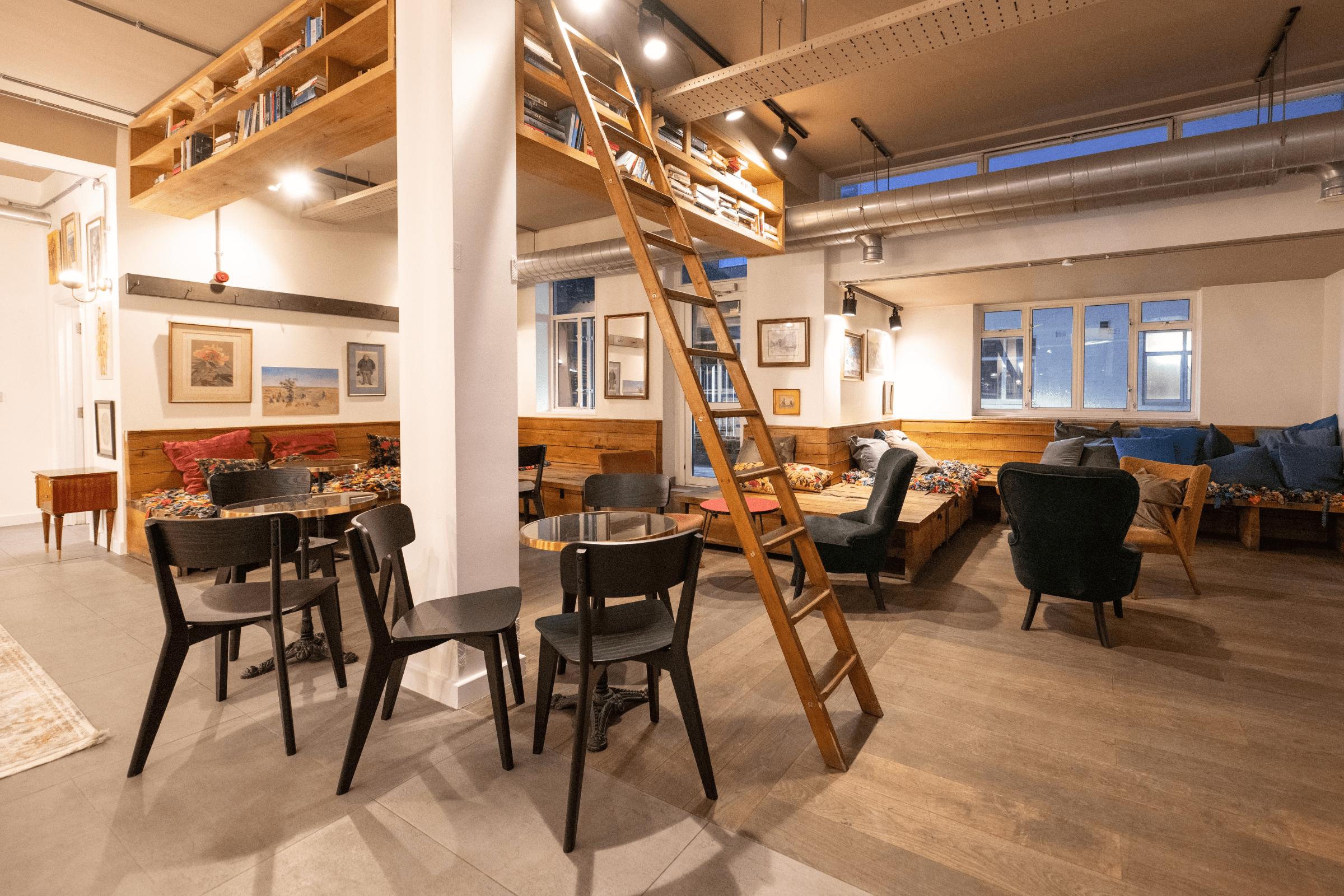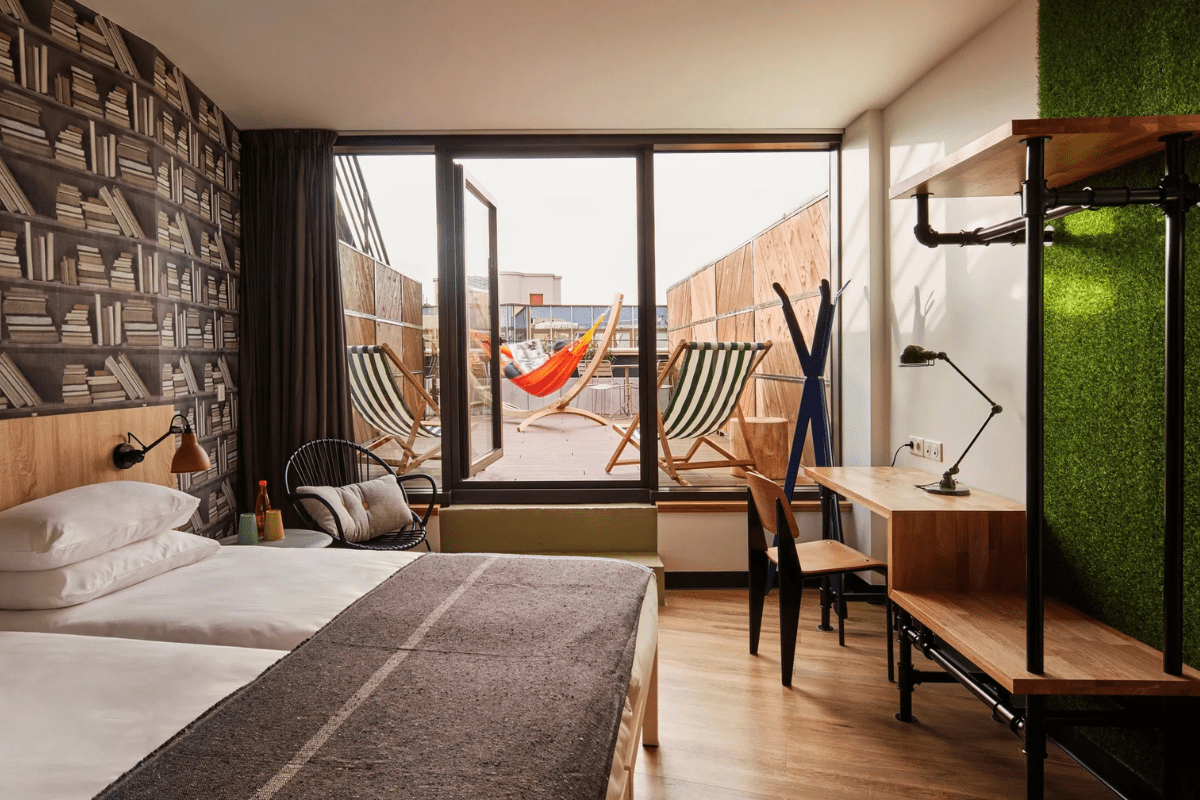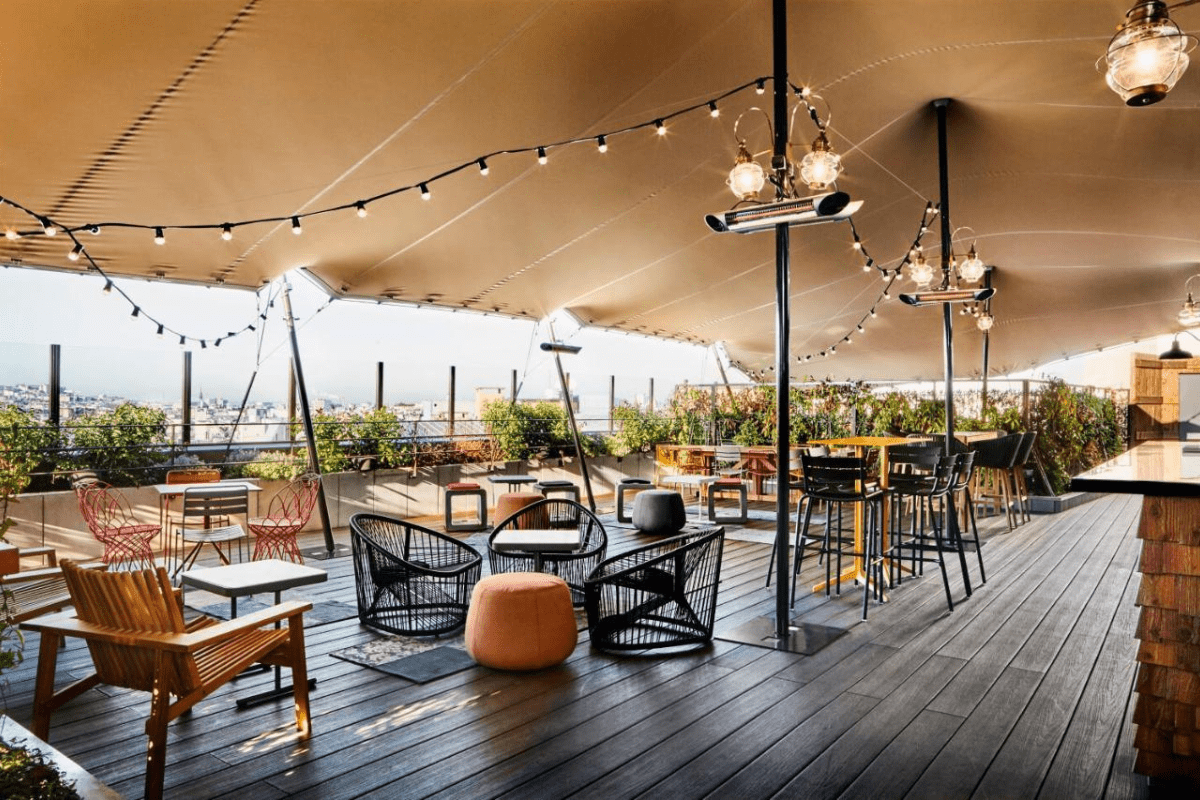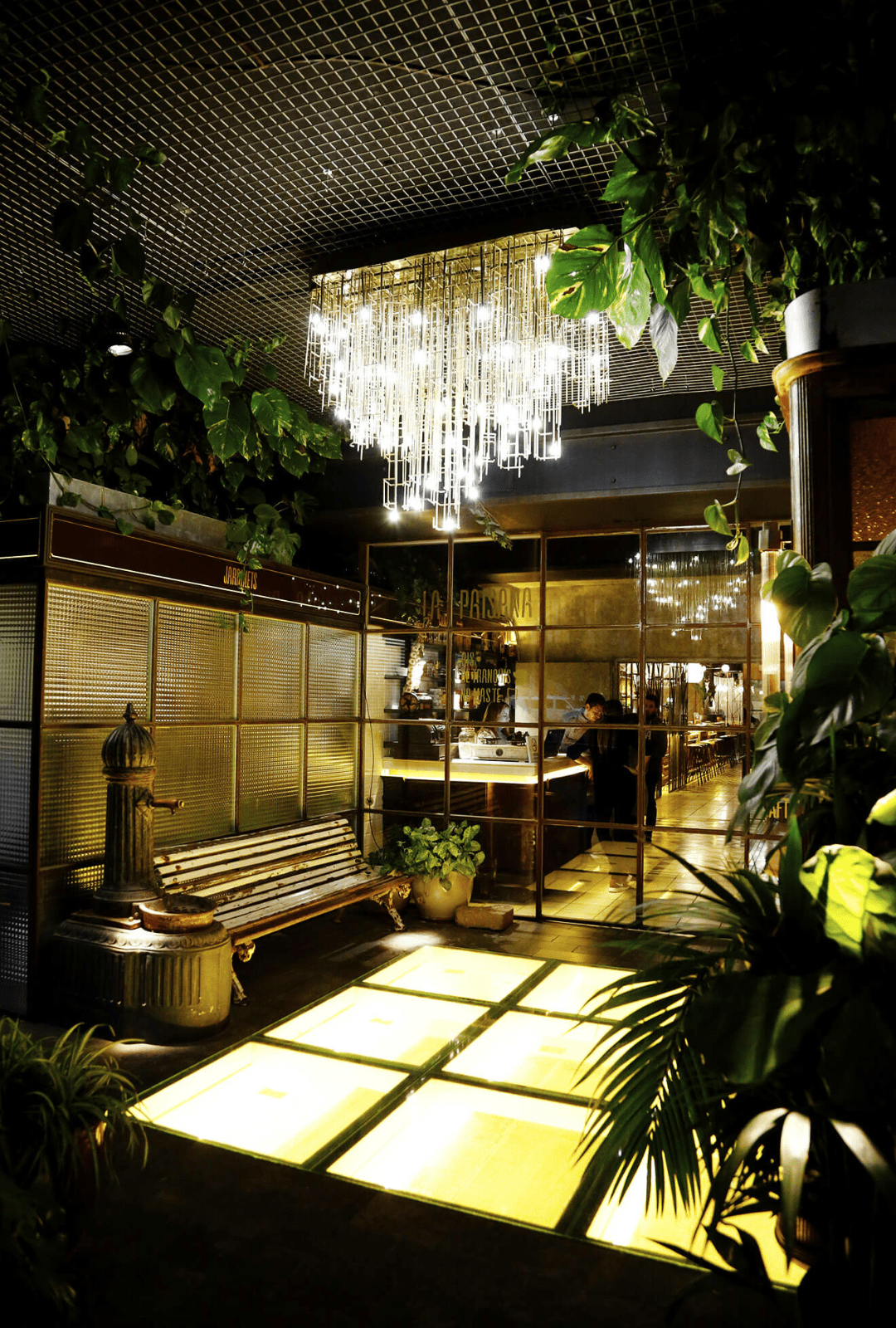I love my nephews with an Auntie Mame–like zeal and have always tried to show them life can be a banquet. When I lived in Greece or sailed in Tahiti, I would send them souvenirs to show them the beauty of different destinations and cultures, hoping it would one day push them toward the international departures terminal, passport in hand, to go see the world.
So I shouldn’t have freaked out when the youngest called with a secret: “Don’t tell my mom, but I’m going to take six months off after graduation and just travel,” he said excitedly. I nonchalantly asked what he planned to do for money. “Well, I’ve been thinking of staying and working at hostels across Europe,” he replied.
My brain burst with cartoon exclamation points. If you stayed in a hostel in the nineties like I did, you understand how filmmaker Eli Roth came up with his cult-classic horror movie of the same name. Spartan, crowded and a little shady, hostels back then were the catalyst for cinematic nightmares.
Dreading my sister’s wrath once she uncovered his secret plan, I gave myself a crash course in today’s hostels. To my surprise, I discovered that they’re nothing like the anxiety-inducing film screamers of yesteryear. In fact, it’s an incredulous $6.35-billion industry that’s taking on hotels thanks to a unique ability to give globetrotters a variety of options, a sense of adventure and new avenues of sociability in our increasingly isolated world.
“The hostel sector is the last frontier of the hotel industry,” says Slumber Hostel Group CEO Edmund Lowman. “Even before the pandemic, travel trends were shifting toward the type of experiences hostels provide.”
Turns out there are options for every type of traveler, but the fastest growing segment of the market is the luxury sector. These high-end outposts defy stereotypes about cheap travel and offer an opportunity to indulge in plush hotel perks for low hostel prices — think private suites, designer comforts, yoga rooms and rooftop views.
In doing my research, I chose a few spots for my nephew and even found some properties that fit my own style and sensibilities. For instance, I wouldn’t mind checking into Generator Paris, a hip escape tucked away in the 10th Arrondissement. I’d park myself at the chic little cafe just past the reception desk, frappe in hand, for some prime people watching. Then I’d request a packed lunch with Parisian pastries for an afternoon of museum hopping. The private deluxe room has a lazy hammock on the balcony for me to admire the Montmartre district, plus I’d fill my Instagram feed with photos of Sacre-Coeur Basilica from the rooftop bar. Let’s see — should I chill in the funky Moroccan-inspired lounge or the secret underground club? With all this available for nightly rates under $100, who needs a five-star hotel?
Paris to London is an easy train ride, so we’re off. London is one of my favorite cities for its architecture, design and street culture, and Wombat’s is right at the center of it all. Once an inn for sailors, the so-called “poshstel” isn’t just a squat for 18-year-old backpackers. Brits young and old like to tip one back at the vintage bar, which is an easy way to fit in with the locals. I’m a sucker for celebrity sightings, and Wombat’s brags about movie stars regularly dropping in for a cup of the signature roast. Being an arts lover, I’d also want to experience the WomBeats program, which celebrates the local culture scene with exhibitions, guest DJs and more.
Even the pop world is in on poshtels. Storied songstress Mariah Carey recently cut a commercial for Hostelworld, proving that divas can dig a luxury hostel experience, too. That’s not hard to do at Casa Gracia on Barcelona’s historic Passeig de Gràcia. In a destination that’s all about world-famous architecture, I would be just steps from masterpieces like the Sagrada Familia. The boutique property’s 145 rooms are tucked between the spectacular undulating Antoni Gaudí classic La Pedrera and Casa Fuster, designed by Lluís Domènech i Montaner and adorned with flowers and neo-Gothic flourishes. Embracing the lush vibes, I would splurge on a private apartment with plentiful perks, have drinks out on the terrace and try in-house eatery Mig Bis. It’s just a sweet, sweet fantasy, baby.
But if I want international flair without heading across the pond, I would make my way to Miami, where Generator has opened its first U.S. outpost along the azure blue waters of South Beach. There, I’d relax in a gorgeous private suite after a day of shopping on Ocean Drive and wandering through hip Wynwood and the Art Deco Historic District — all just steps from the Collins Avenue locale. There’s just as much 1950s glamour here as at the historic, pastel-colored properties down the way. After a plunge into the outdoor pool, I would indulge in some Latin-infused eats at Hoja Taqueria. The discos are open until dawn, but I’d instead opt to lounge in the property’s Pillow Room and savor a mojito. You don’t have to be young to visit Miami, just young at heart.
From Turkish caves to German castles to Miami hot spots, hostels are as much about the experience as the price point. After doing some research, I’m planning to give one of these luxury properties a try. After all, I have always been passionate about exploring the world, and these new-age poshtels let globetrotters design their own travel experience in style.
Read this article as it appears in the magazine.
The Top Luxury Hostels to Book During Your Next Global Adventure.






